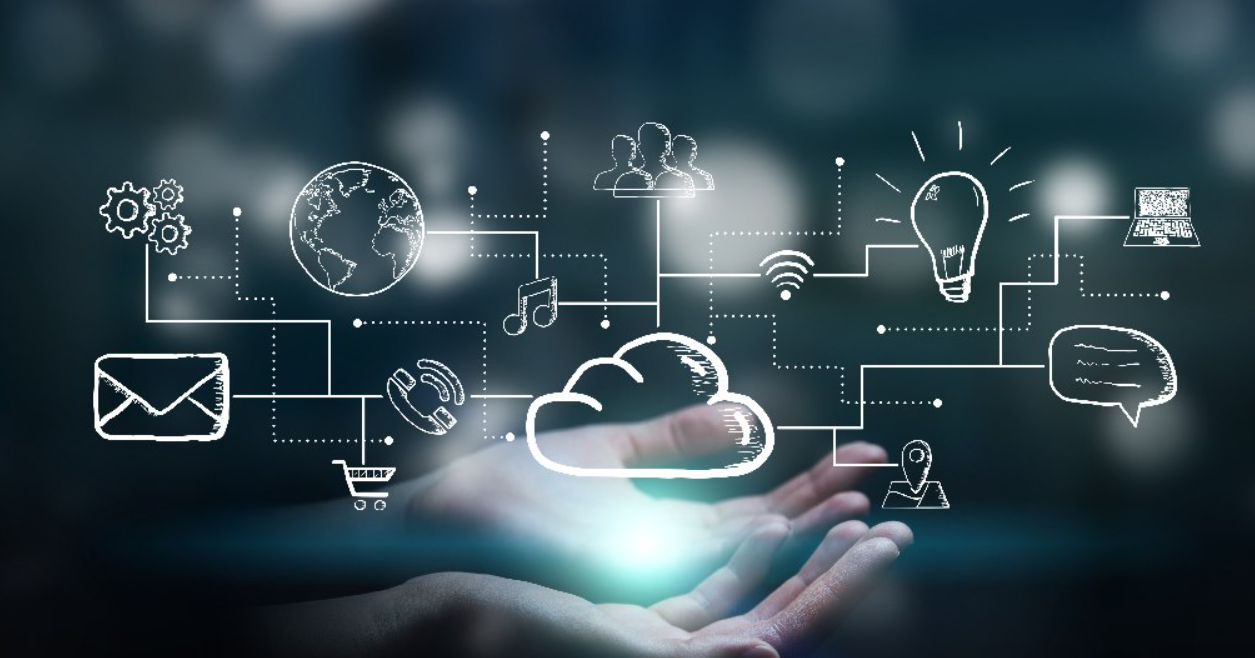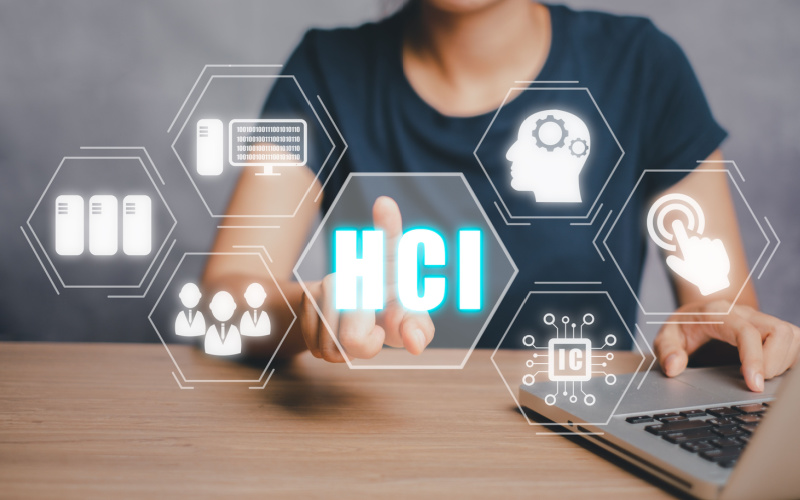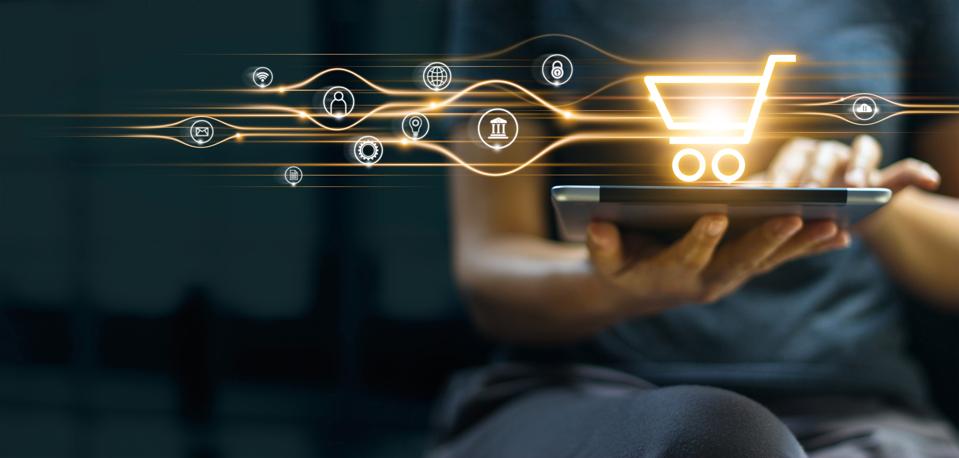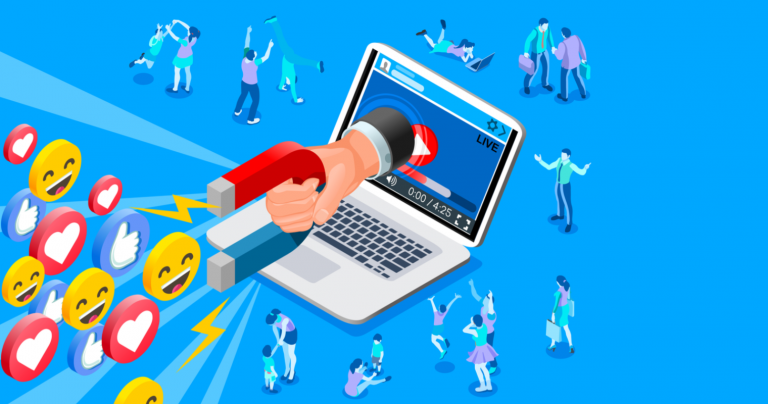
The Rise of Digital Lifestyles: How Tech Is Changing the Way We Live

Dial@R&D
29 June 2025 . 8 Minute Read
Introduction
Imagine waking up, checking your phone for today’s weather, paying your electricity bill using bKash, attending class via Zoom, ordering lunch online, and watching a cricket match on your smartphone — all before sunset. This isn't science fiction; this is the tangible reality of life in today’s Bangladesh. This interconnected way of living is what we call a digital lifestyle.
A digital lifestyle is no longer confined to affluent nations or bustling metropolises. With smartphones now common among rickshaw-pullers, rural schoolchildren learning from YouTube, and digital doctors accessible through apps — technology is rapidly reshaping how we live, learn, work, and maintain our health across every segment of society.
For students participating in the ICT Olympiad or preparing for a digital future, understanding the essence of a digital lifestyle — and its profound impact on individuals, families, and the nation — is absolutely essential. In this blog post, we'll delve into the meaning, supporting systems, and real-life implications of digital lifestyles, especially within the dynamic Bangladeshi context.
Theoretical Framework
What Is a Digital Lifestyle?
A digital lifestyle refers to the deep integration of digital technologies and internet-based services into the everyday life of individuals. It signifies leveraging technology for a wide array of activities, including communication, learning, shopping, entertainment, staying informed, and even receiving medical care.
The concept of a digital lifestyle encompasses:
The ubiquitous use of smartphones, computers, and other smart devices.
A growing reliance on internet services for routine daily tasks.
The seamless integration of applications, online platforms, and cloud services into daily routines.
According to frameworks like the UNESCO Digital Literacy Global Framework, a digital lifestyle fundamentally revolves around how individuals access and utilize digital tools effectively and responsibly across social, economic, and educational dimensions.
Core Elements of a Digital Lifestyle
Digital lifestyles manifest through various core elements that redefine our daily interactions:
Communication: Email, Messenger, WhatsApp, and video calls have largely superseded traditional letters and in-person meetings for many everyday interactions.
Learning: E-learning platforms like Muktopaath, educational YouTube channels, and virtual classrooms via Zoom have fundamentally redefined how students acquire knowledge and skills.
Entertainment: Streaming applications (e.g., Toffee, Bioscope), mobile games, and social media platforms have become primary sources of leisure and recreation.
Finance and Commerce: Mobile banking services (e.g., bKash, Nagad), online shopping platforms (e.g., Daraz), and digital wallets are revolutionizing the nation's economy and transaction methods.
Health and Wellness: Platforms such as Maya, Tonic, and various telemedicine services now enable easier access to doctors and essential health advice digitally.
Home and Smart Living: Smart TVs, basic home automation (like app-controlled lights and fans), and fitness trackers are increasingly making their way into Bangladeshi households, enhancing convenience and personal well-being.
Tools and Technologies That Support Digital Lifestyles
The widespread adoption of digital lifestyles in Bangladesh is underpinned by several key technological advancements and initiatives:
Smart Devices and Mobile Internet:
With over 130 million active mobile internet subscribers, Bangladesh boasts a vast digitally connected population.
Even affordable smartphones now offer advanced features like high-quality cameras, extensive app support, and seamless cloud synchronization.
4G services currently cover nearly 95% of the population, providing reliable high-speed internet access.
Government Digital Services:
Platforms like MyGov, Surokkha, and EkPay offer citizens streamlined access to essential government services, including national ID verification, vaccination registration, tax payments, and utility bill management.
Citizens can also register complaints, apply for various licenses, and access welfare programs entirely online, enhancing transparency and efficiency.
Educational Tools:
Platforms such as Shikkhok Batayon, Muktopaath, and university Learning Management Systems (LMS) facilitate blended and fully online learning environments.
Students regularly submit assignments, attend live virtual classes, and collaborate on projects using tools like Google Drive, Google Docs, and Zoom.
HealthTech Platforms:
Apps like Tonic and Maya Apa provide platforms for confidential medical consultations and health advice, democratizing access to healthcare information.
Leading hospitals in Dhaka increasingly utilize digital records and online appointment booking systems to improve patient experience.
Even rural clinics are leveraging messaging apps to consult with city-based specialists, bridging geographical distances in healthcare.
Financial and E-commerce Platforms:
Mobile financial services (MFS) like bKash, Nagad, Rocket, and Upay have transformed financial transactions, enabling easy bill payments, money transfers, and mobile recharges from anywhere.
E-commerce giants such as Daraz, Chaldal, and Pickaboo allow for convenient digital shopping with reliable delivery services spanning both urban centers and rural villages.
Real-Life Applications in Bangladesh
To truly grasp the impact, let's look at how digital lifestyles manifest in daily life:
Case Study 1: The Digital University Student in Dhaka Nusrat, a student at North South University, exemplifies a fully integrated digital lifestyle. She utilizes Google Calendar to manage her class schedule, attends lectures via Zoom, uploads assignments to Moodle, and efficiently pays tuition fees using bKash. In the evening, she unwinds by watching documentaries on YouTube and orders dinner through Foodpanda. This seamless integration of various apps and platforms streamlines Nusrat’s academic, financial, and social life.
Case Study 2: Digital Learning in Rural Areas In Nilphamari, a rural school has successfully embraced digital learning by adopting platforms like Shikkhok Batayon and leveraging educational content on YouTube for their lessons. Students use shared smartphones and tablets during class, making technology accessible. The school also actively uses Facebook to post updates and communicate with parents, demonstrating a low-cost, effective adoption of digital tools that has significantly boosted attendance and academic performance.
Case Study 3: Smart Health Monitoring in Urban Homes An elderly man in Chattogram uses a smart blood pressure monitor that automatically sends real-time data to his son and doctor. His medication reminders are conveniently set in the Maya Health app, and all his medical appointments are booked online. In this instance, digital living significantly improves health outcomes by reducing the reliance on frequent physical visits or constant family presence, offering greater independence and care.
Positive Impacts of Digital Lifestyle in Bangladesh
The pervasive adoption of digital lifestyles has brought about transformative positive changes across Bangladesh:
Improved Access to Services: Students in even the most remote areas can now access the same high-quality educational content as their urban counterparts. Citizens can apply for jobs, essential documents, and government aid without the need for time-consuming physical travel.
Time and Cost Efficiency: Digital payment systems and online services save countless hours previously spent on travel and waiting in long queues. Furthermore, e-learning platforms can significantly reduce the costs associated with traditional books and tuition centers.
Empowerment of Underserved Groups: Digital tools are proving instrumental in empowering women, people with disabilities, and senior citizens, enabling them to access education, healthcare, and financial services conveniently from the comfort of their homes.
Job Creation and Digital Entrepreneurship: The digital landscape has spurred immense job creation. Thousands of individuals are now earning livelihoods through YouTube content creation, freelancing, and establishing thriving online businesses. Rural entrepreneurs, in particular, are leveraging platforms like Facebook and Daraz to sell their products nationwide, reaching markets previously inaccessible.
Challenges and Risks
Despite the numerous benefits, the rapid expansion of digital lifestyles also introduces significant challenges and risks that must be proactively addressed:
Digital Divide: A stark disparity persists in access to digital tools. Many regions suffer from poor internet connectivity and low device ownership. Significant gender and income gaps also exist in access to smartphones and the internet, leading to an unequal playing field.
Cybersecurity Concerns: A large segment of users remains unaware of prevalent digital threats such as phishing attacks, malware, or data theft. The widespread use of weak passwords and a lack of understanding regarding privacy settings frequently expose sensitive personal information to risks.
Mental Health and Addiction: The excessive use of digital screens, particularly for entertainment like social media and gaming, is increasingly linked to issues such as attention problems, sleep disturbances, increased anxiety, and social withdrawal.
Misinformation and Digital Literacy Gaps: The digital space facilitates the rapid spread of fake news, sophisticated scams, and unverified content. A lack of critical digital literacy makes many users susceptible to believing and acting upon unreliable information, posing risks to individuals and society.
Conclusion
A digital lifestyle is more than just a passing trend — it's a fundamental transformation that is irrevocably shaping our future. From how we learn and communicate to how we shop and maintain our health, our lives are increasingly defined by information and communication technologies (ICT). Bangladesh is advancing rapidly towards becoming a smart nation, and it's imperative that the next generation is fully prepared to live and work effectively in a digital-first society.
For ICT Olympiad students, understanding the intricate structure, profound benefits, and inherent challenges of digital lifestyles isn’t merely important for academic success; it’s absolutely crucial for career readiness and becoming a responsible digital citizen. Whether you're aspiring to build the next groundbreaking learning app or dedicated to training your community to safely use e-services, your pivotal role in shaping Bangladesh's vibrant digital future begins with a comprehensive understanding of the interconnected world you're living in.
Practice Tasks (For University Level Students)
1. Digital Diary Task: Track your digital lifestyle over a continuous 48-hour period:
List all applications used and tasks performed.
Categorize your digital activities as: Education, Finance, Health, or Entertainment.
Reflect critically: Are you utilizing your digital time productively and effectively?
2. Critical Thinking Essay (600 words): “How can digital lifestyles serve as a catalyst for reducing inequality in Bangladesh, and what specific risks must be diligently managed to achieve this?”
Ensure your essay includes at least two distinct, real-world examples to support your arguments.
3. App Concept Design: Design a preliminary app prototype aimed at assisting rural users in embracing a digital lifestyle (focus on either education, payments, or healthcare).
Sketch the user interface (UI) wireframes.
Describe how the app would function effectively both offline and online.
List essential safety and security features integrated into the app.
4. Peer Survey Task: Conduct a survey among 20 classmates regarding their daily digital activities, the specific tools they utilize, and the biggest challenges they encounter with their digital lifestyle.
Use appropriate data visualization (e.g., pie charts or bar graphs) to present your survey results.
Summarize your findings in a comprehensive report of 400 words.
Recent blogs




